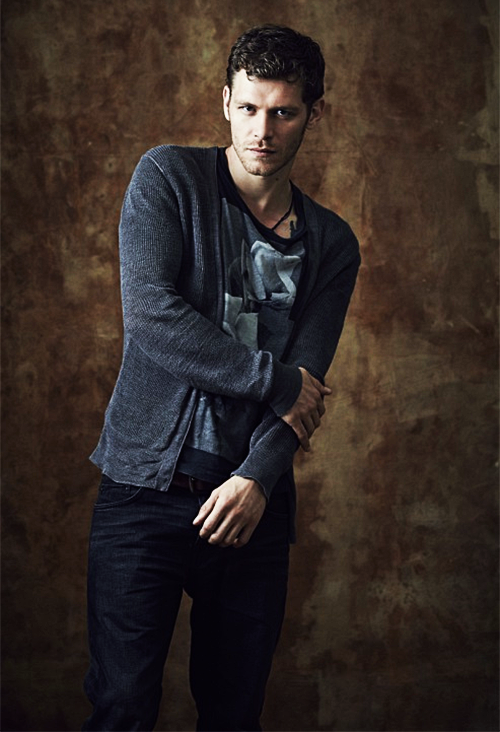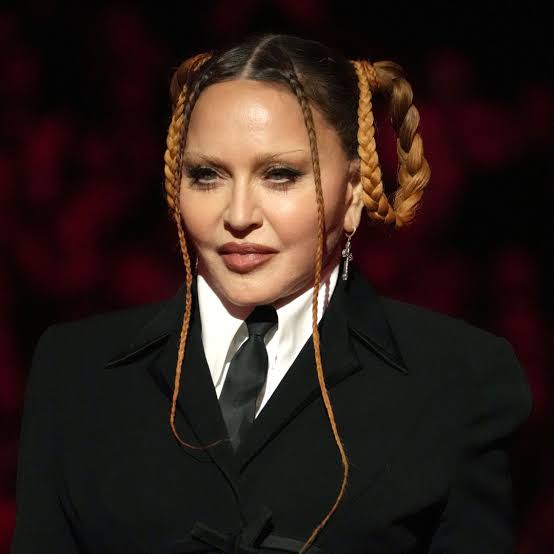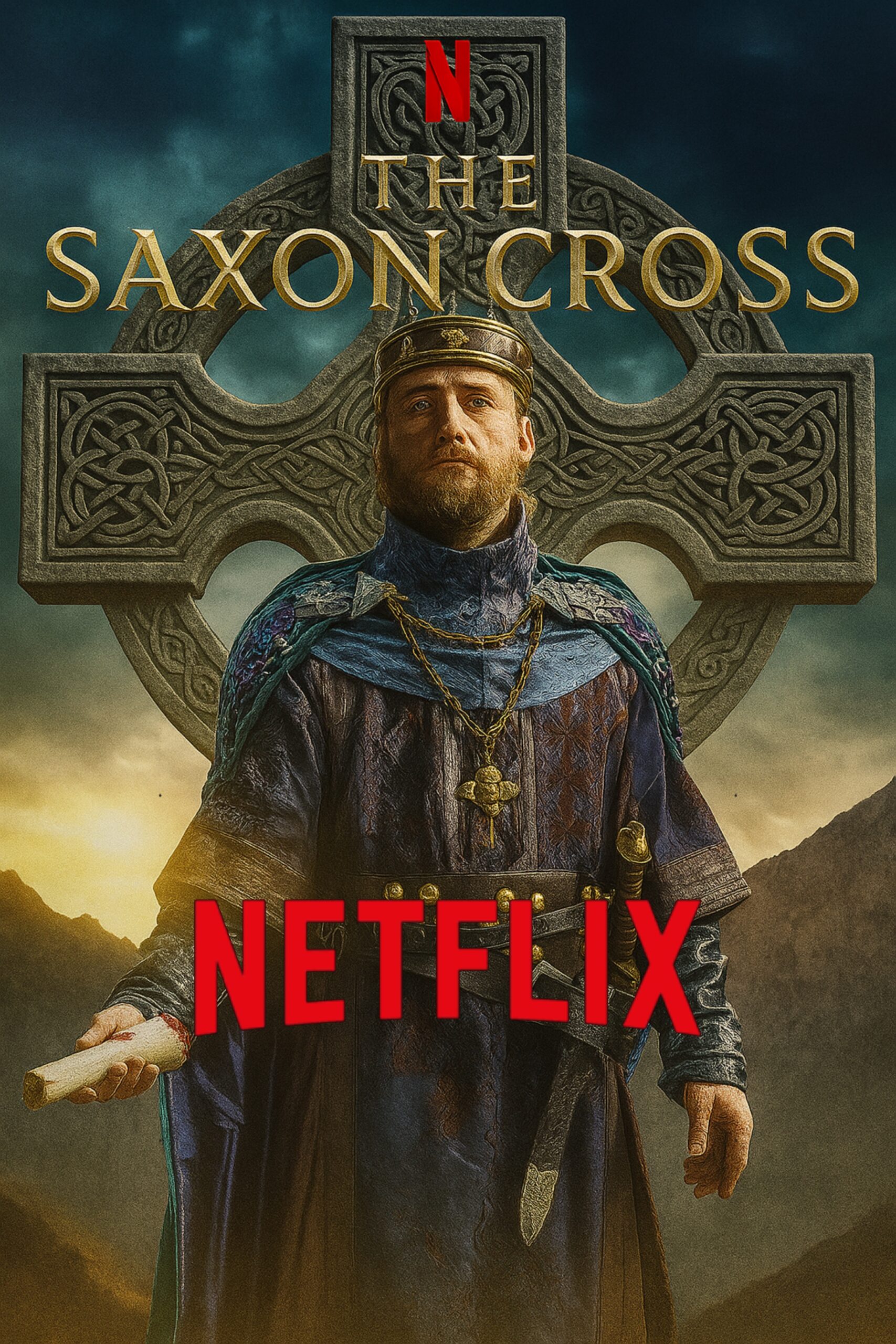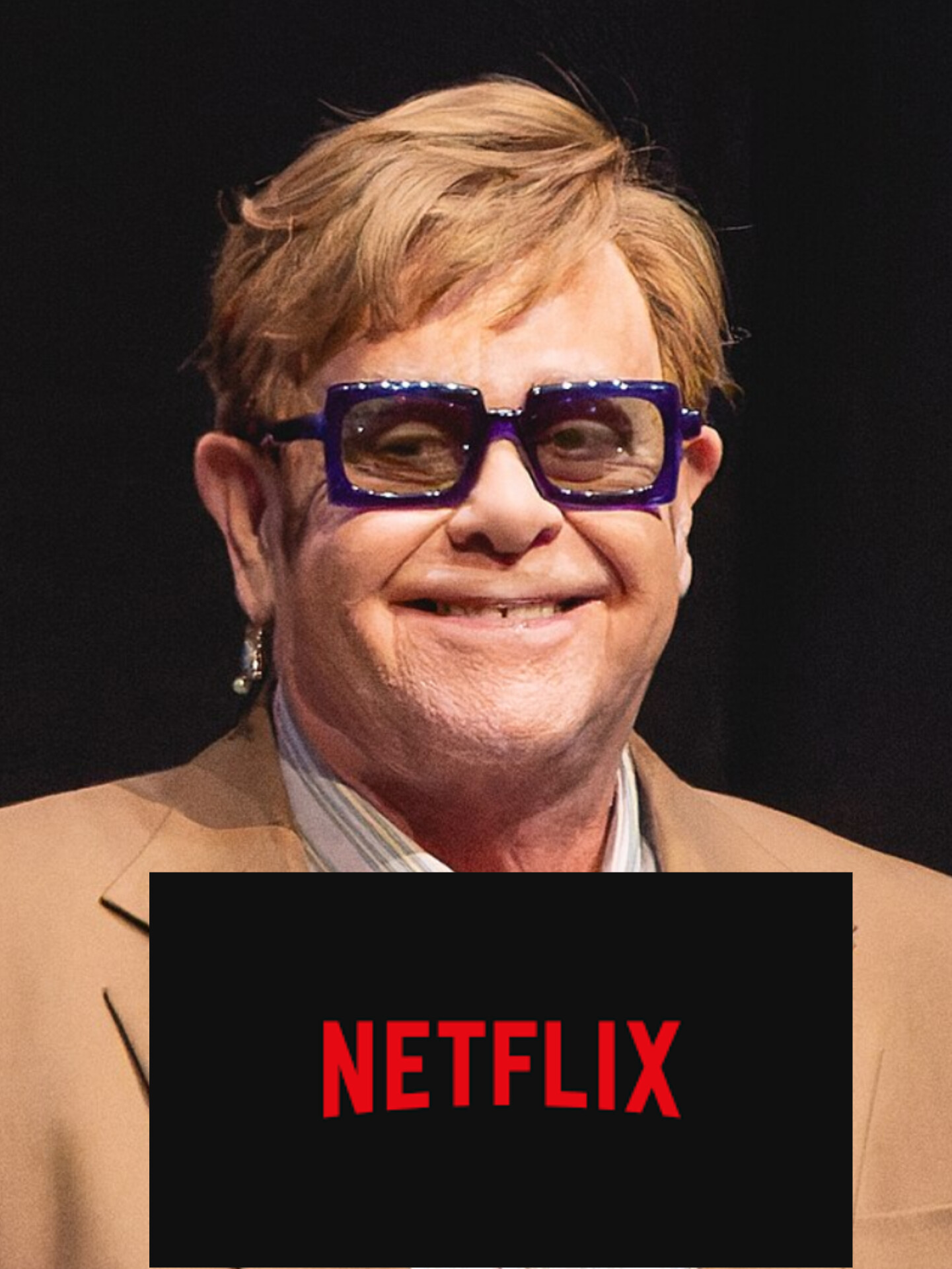A thick veil of rain washes over neon-lit streets, where sins are whispered in alleyways and justice is buried beneath decades of rot. In The Glass Saint, Joseph Morgan steps into his darkest role yet—playing Father Callan Reyes, a disgraced priest with a gun in one hand and guilt clawing at his soul. The noir thriller, set in the fictional metropolis of Saint Vire, is a slow-burning descent into a world where absolution is a myth, and redemption comes at a steep cost.
Directed by Oscar-nominated auteur Marla Kinsey, The Glass Saint is a stark departure from the traditional crime thriller. It doesn’t race—it stalks. The camera lingers on the grime, the flicker of broken lights, the murmured confessions inside shuttered cathedrals. Morgan, best known for commanding performances in supernatural dramas, transforms here—trading elegance for exhaustion, and power for penance. His Father Reyes is a man haunted not by spirits, but by his own failures.
The story begins five years after Reyes was excommunicated following a scandal that left a young woman dead and a congregation shattered. Now living in obscurity, he’s pulled back into the city’s underworld when a former altar boy is found murdered—his body staged like a crucifixion. What follows is a dangerous, obsessive hunt through Saint Vire’s decaying institutions: crime syndicates, corrupt clergy, and a police force that’s long since abandoned the pursuit of truth.
Joseph Morgan plays the role with a chilling, lived-in subtlety. His silences speak louder than his words, his prayers are muttered through clenched teeth, and his violence, when it comes, is sudden and unflinching. There’s nothing glamorous about this hero—he’s dirty, flawed, and deeply broken. But that’s exactly why he feels so human. The audience isn’t asked to like him—they’re asked to understand him.
Backing Morgan is a stellar cast. Rosario Kane delivers a searing performance as Detective Lela Mora, a cop balancing her own secrets while shadowing Reyes’ descent. Meanwhile, veteran actor Elias Thorn plays Cardinal Vescari, the film’s enigmatic antagonist, with a quiet menace that grows more unsettling with each scene. Every performance feels necessary, honed, and deliberate—an echo of the film’s meticulous world-building.
Cinematographer Drew Holtz crafts Saint Vire as a character of its own—a city draped in shadow, choking on its own history. Every frame drips with tension. Crimson-lit sanctuaries, smoke-filled confessionals, rain-slicked rooftops—there’s beauty in the decay. The score by Icelandic composer Freyja Helgason adds to the tension, with slow, grinding synths and choir-like moans that make the film feel like a whispered prayer gone unanswered.
What truly elevates The Glass Saint is its refusal to offer easy answers. It’s not a whodunit—it’s a why-did-it-happen. The script, written by Kinsey herself, digs deep into themes of guilt, institutional failure, and the fragile line between faith and fanaticism. Each choice Reyes makes drags him further from redemption, yet paradoxically closer to the truth. The film builds toward a final confession that is neither clean nor comforting—but devastatingly honest.
Already premiering to acclaim at the Venice Film Festival, critics have called Morgan’s performance “a revelation,” citing his ability to carry every ounce of the film’s moral weight without slipping into melodrama. It’s the kind of role that reinvents careers. There’s a vulnerability in his brutality, a prayer in every punch. It’s a performance that lingers, like incense in a cold, empty chapel.
The film is scheduled for limited release in October before expanding globally. Talks are already underway for awards campaign pushes, with focus on Best Actor, Best Director, and Best Original Screenplay. It’s not hard to imagine The Glass Saint making waves well into award season—not just because of its artistry, but because it dares to speak uncomfortable truths in a world addicted to comfort.
Joseph Morgan’s portrayal of Father Reyes might just be the most haunting performance of the year. Not because he’s heroic. But because he’s human—and in Saint Vire, that’s the most dangerous thing you can be.



